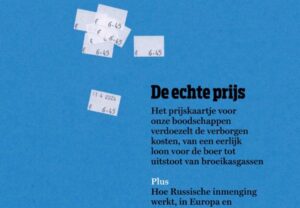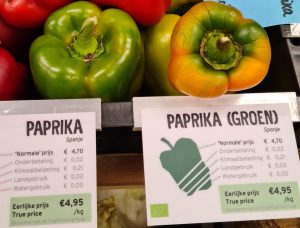True pricing at Bocca
Bocca is an award-winning coffee roaster with a mission to serve delicious coffee with respect for people and the environment. One of the elements that distinguishes them is that they manage their entire chain, from bean to cup.
They see true pricing as a tool to help them further improve their impact on people and the planet. Among other things, they are members of the MVO Nederland Futureproof Coffee Collective, which measures and improves the impact of coffee production at farm level with real price principles.
As a next step, they asked True Price to calculate the true price difference of their specialty coffees from Brazil and Peru.
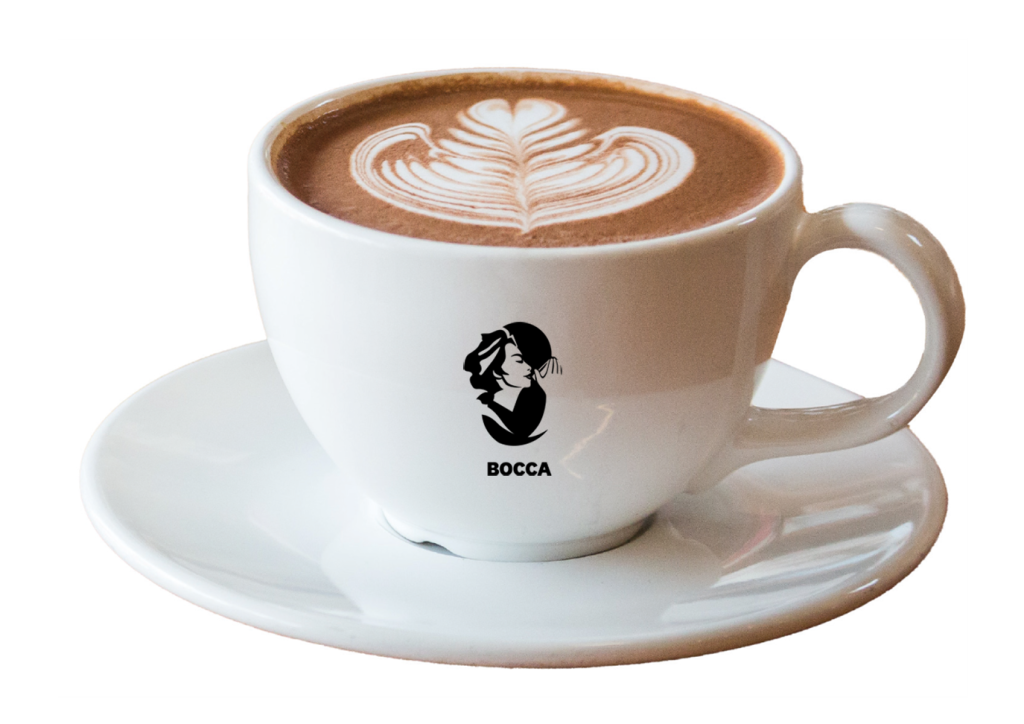
About the project
The analysis covers the calculation of the true price gap of Bocca’s specialty coffees from Peru and Brazil. The calculated gap includes 6 impacts on the plantation: underpayment of workers, underemployment of farmers, contribution to climate change, land use, land transformation and scarce water use. In addition, the contribution to climate change of transport and burning is included. The analysis is based on primary data collected by Bocca, supplemented by secondary data collected by True Price. The true price gaps are calculated based on the True Price Method, which provides a scientific, well-developed, and widely supported method to calculate true prices. More information about true prices can be found here.
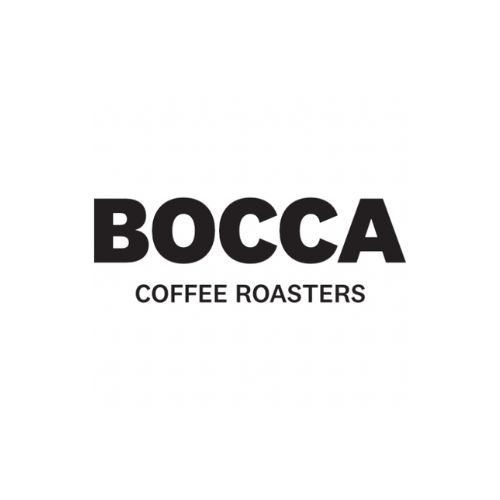
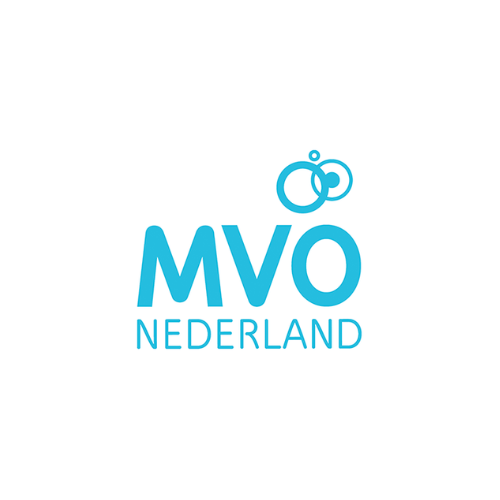
Products
Coffees from Brazil and Peru. In Brazil, they manage an area of 400 hectares. Of these, 245 are used for coffee production: they manage the Passeio Farm of 210 hectares and 35 hectares of land from the Lagoa Farm. In Peru, they manage a territory of 137 hectares in the Namballe district. About 47.5 hectares of it (~35%) is used for coffee production. There are 26 small farms in this area.
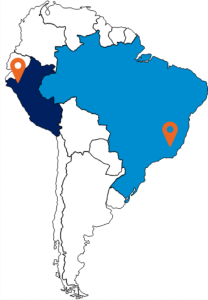
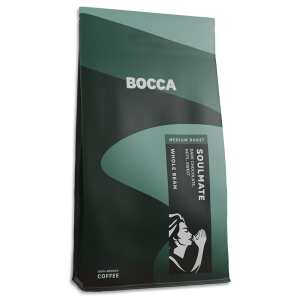
Approach
How did we estimate the true price gaps?

Value Chain Steps
The estimates cover material parts of the value chain per stage
- Plantation
- Shipping & transport
- Roasting

Impacts
The estimates cover 6 material social and environmental impacts
- Land transformation
- Land use
- Use of scarce water
- Contribution to climate change
- Underpayment of employees
- Underearning of smallholders

Data
The results represent the true price gap of bocca’s coffee blend, based on:
- Primary data collected on the farm
- Secondary data collected by True Price
- True Price monetization factors
As with all research, the results have limitations. Feel free to check them here.
Results
Brazilian origin
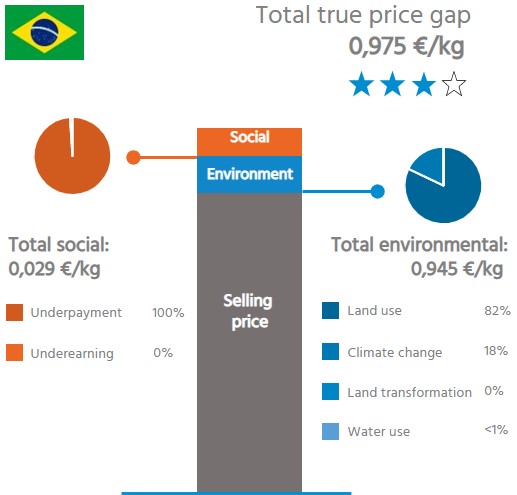
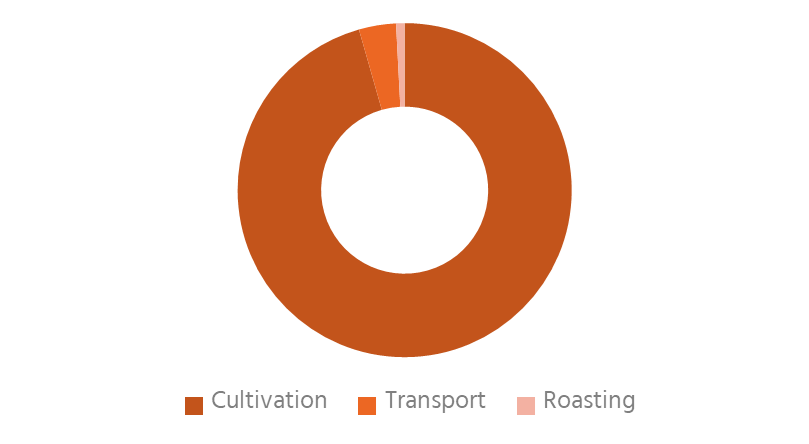
Peruvian origin
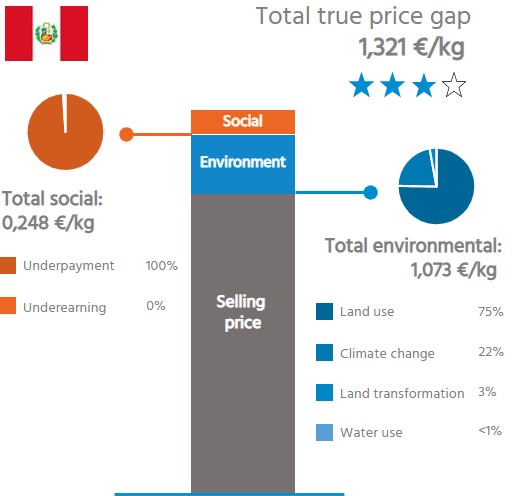
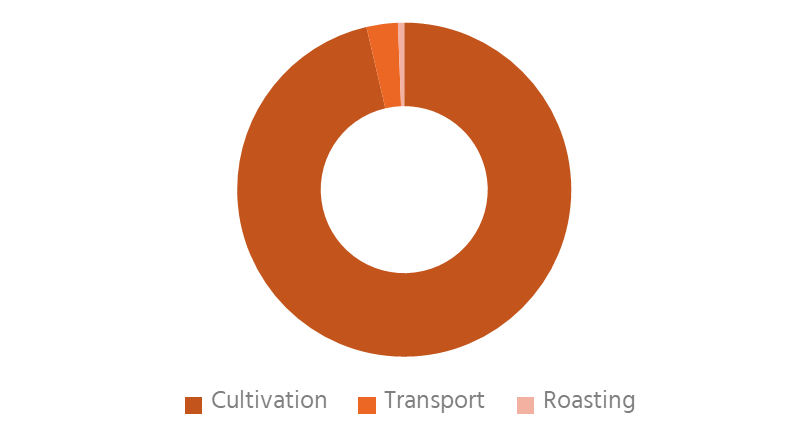
Based on this scope, the true price gap of the specialty coffee from Brazil (roasted) is €0,975/kg. The true price gap of their specialty coffee from Peru (roasted) is €1,321/kg. For both origins, more than 95% of the impact takes place on the plantation – based on this scope. The contribution to climate change due to transportation and roasting of the beans is minimal.
For both origins, the impact ‘land use’ is the largest impact (Brazil 85%, Peru 80% of total impact). The size of the impact is driven by the amount of land needed to grow coffee and the value of the land. The value of the land is relatively high because its rich nature, including high biodiversity, is extracted by the plantation – despite the assumed low intensity use of land.
The analysis shows that the coffee farmers in both Brazil and Peru make enough profit to realize a living income. The analysis shows that the employees on the plantations earn less than the living wage (per FTE per kg of coffee, gross, excluding secondary employment conditions).
Most of the CO2 emissions relate to the activities on the plantations, such as in the use of fertilizer (such as the fertilizer of birds in Peru) and the production of pesticides (only in Brazil). Transport and roasting contribute relatively little to climate change per kilogram of coffee.
More information about the method, impact definitions, and more? Check our publications, such as ‘Monetization factors for true pricing’ and ‘Valuation framework for true price assessments of agrifood products’, here. Below, the results are presented per cup of coffee.
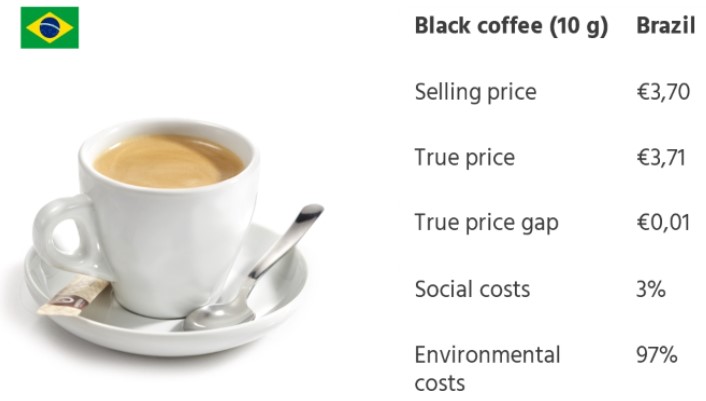
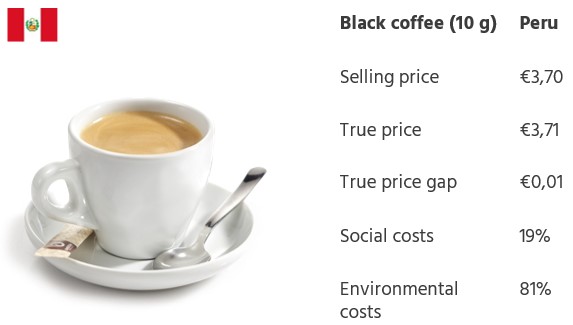
Good to know...
Review process
The review process in this project covers the process, scoping, modelling, data, and reporting steps of a true price assessment, following the assessment guide. One general validation round on process and the model as a whole has been executed by an impact expert not directly involved in the project.
All validation remarks, questions, and comments have been noted. They have been processed by the project team. The processing has been checked by the validators. Moreover, all steps, choices, and assumptions have been discussed and signed off by the client.
Limitations of the results
Due to limitations in resources, choices and assumptions had to be made. These have been discussed with and signed off by the client. These results reflect true price gaps with a limited scope. The following limitations should be considered:
- Impacts: not all True Price impacts are included. The addition of more impacts, like air pollution, could provide further insights.
- Lifecycle steps: several lifecycle steps, such as packaging, are not included in the analysis.
- Data: primary data has been collected by a local team and verified by true price experts. This provides a substantial level of granularity.

